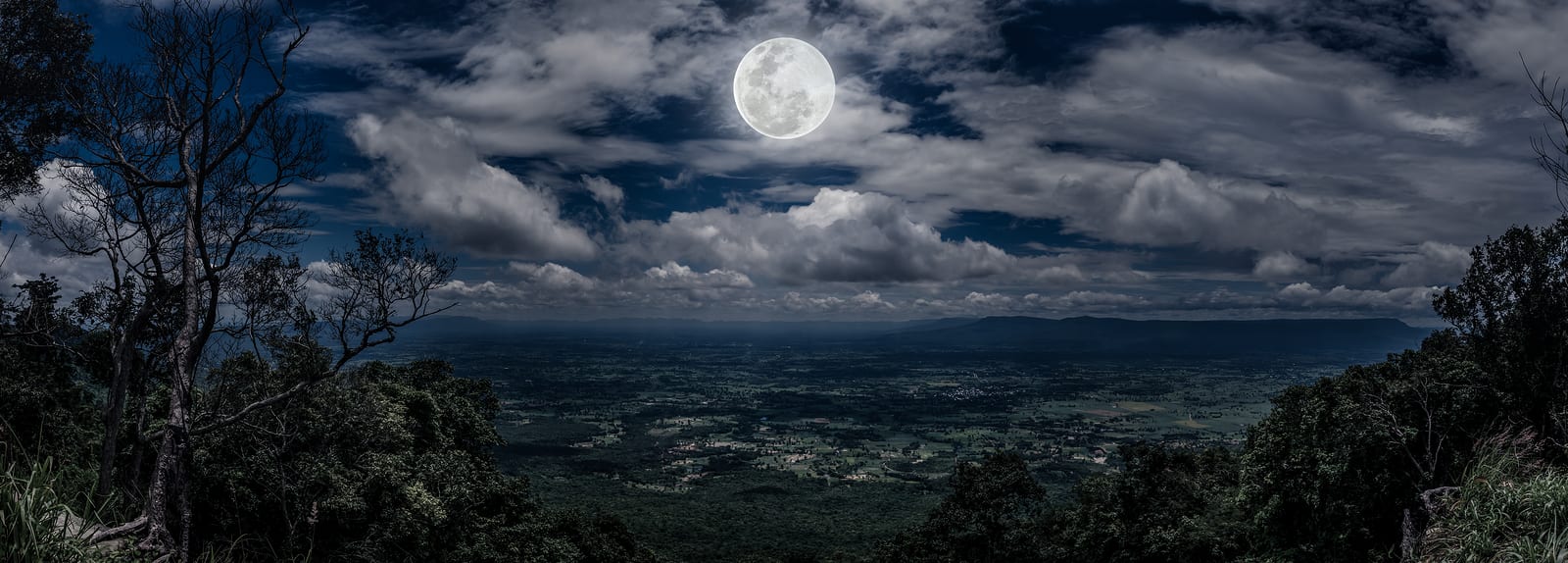If you ever wondered why it is still hot at night, you’re not alone. The Earth’s ability to stay warm well into the evenings can be attributed to the following phenomena:
- The Earth stores heat: The soil acts as a ‘sink’ for heat, absorbing sunlight during the sunny morning and afternoon hours, and releasing it into the atmosphere at night.
- The greenhouse effect: The Earth’s atmosphere is subject to a phenomena known as the ‘greenhouse effect’, which causes it to allow the passage of visible light, but impede the transfer of heat. This means that the Earth’s atmosphere receives sunlight, but traps the resulting heat. You can consider a greenhouse gas (a substance that causes the greenhouse effect) a transparent insulator.
- Warm winds: At any given moment, the Earth is gaining approximately the same amount of heat from the sun. At night, your side of the Earth is simply turned away from the sun. Warm winds from the sunny side (meaning the side that is currently experiencing daytime) of the Earth travel around the globe to keep the rest of it warm.
- Geothermal heat: Heat is generated under the Earth’s crust, however, only small amounts of it make it to the surface at any given moment.
The Earth changes position relative to the sun and the result of that is another part of it receives sunlight. This means that the air in that area is warmed by the sun, especially the air lower to the ground, and some of that air can be transported via wind overseas and into other countries, helping to warm them at night, but that is not the only reason it is warm at night, the other reasons are below.
Greenhouses gases such as water vapour, carbon dioxide (CO2), and methane trap heat in the atmosphere received from the sun during the day by slowing the radiation of it into space during the day and night.
* Keep in mind that infrared radiation is heat.
Greenhouse gases achieve this because they are transparent (like most gases) insulators. Transparent items, (not just gases, but liquids and solids) allow light to pass through them easily, but some of them, such as double-paned windows, carbon dioxide (greenhouse gas), methane (greenhouse gas), and water vapour (greenhouse gas) significantly inhibit infrared radiation/heat from passing through them, so they pass though very slowly.
This is because they are insulators. This means that the earth’s atmosphere will store heat while it slowly radiates it into the atmosphere. There is not enough time during one night for all of it to be radiated, and of course, the sun comes back up the next day to heat it up again. Winter, on the other hand is a very prolonged period of decreased sunlight.
The surface of the Earth (the crust) acts as a large heat sink which absorbs heat from the sun during the day in the form of both visible and infrared light and re-radiates it as heat at night. Light is converted into heat when it is absorbed by a surface, such as the ground for example, and especially dark surfaces.
When the ground is covered in snow, much more light is reflected back into the atmosphere because snow is white, and hence more reflective than dirt, which is dark brown.





